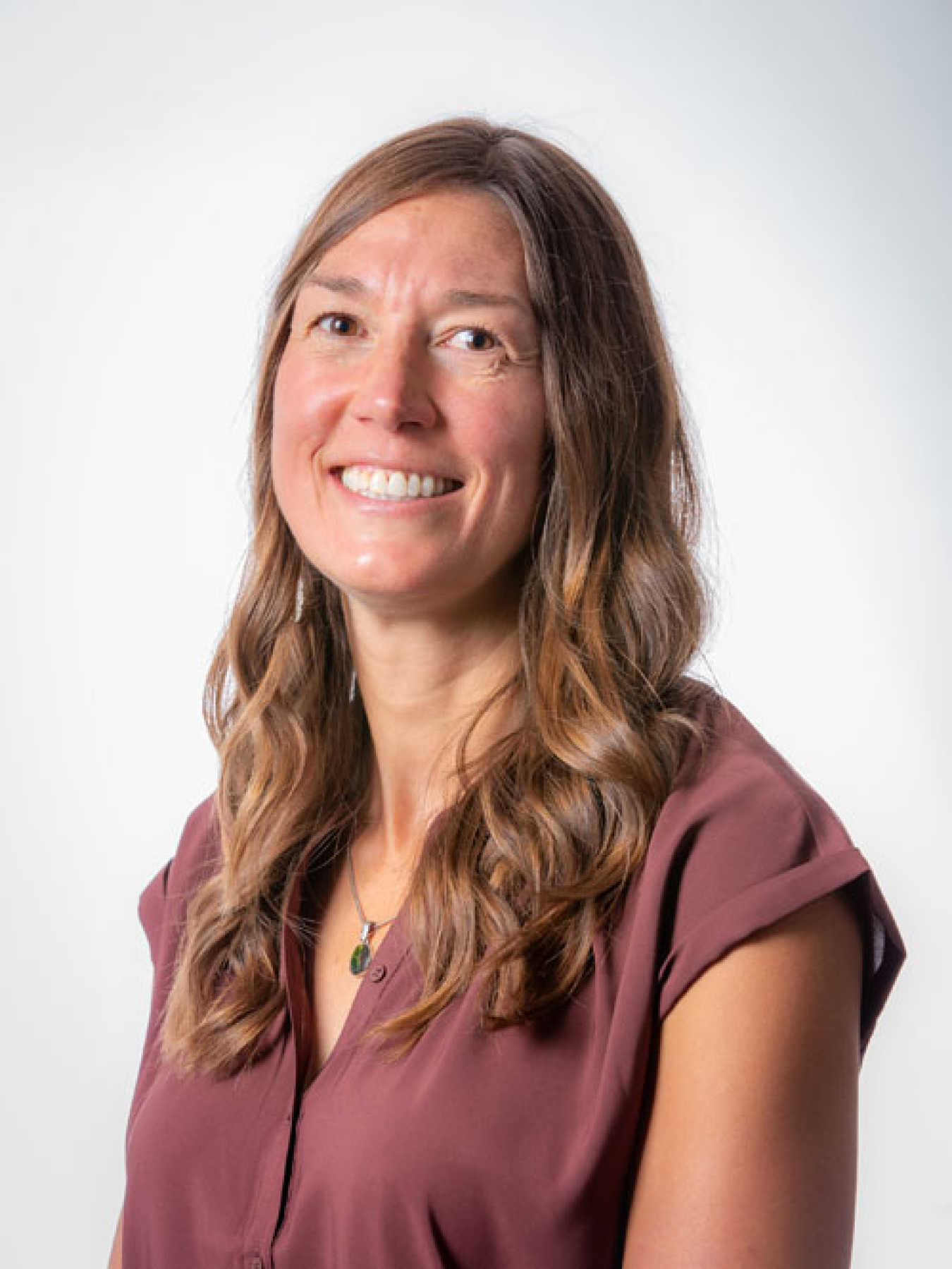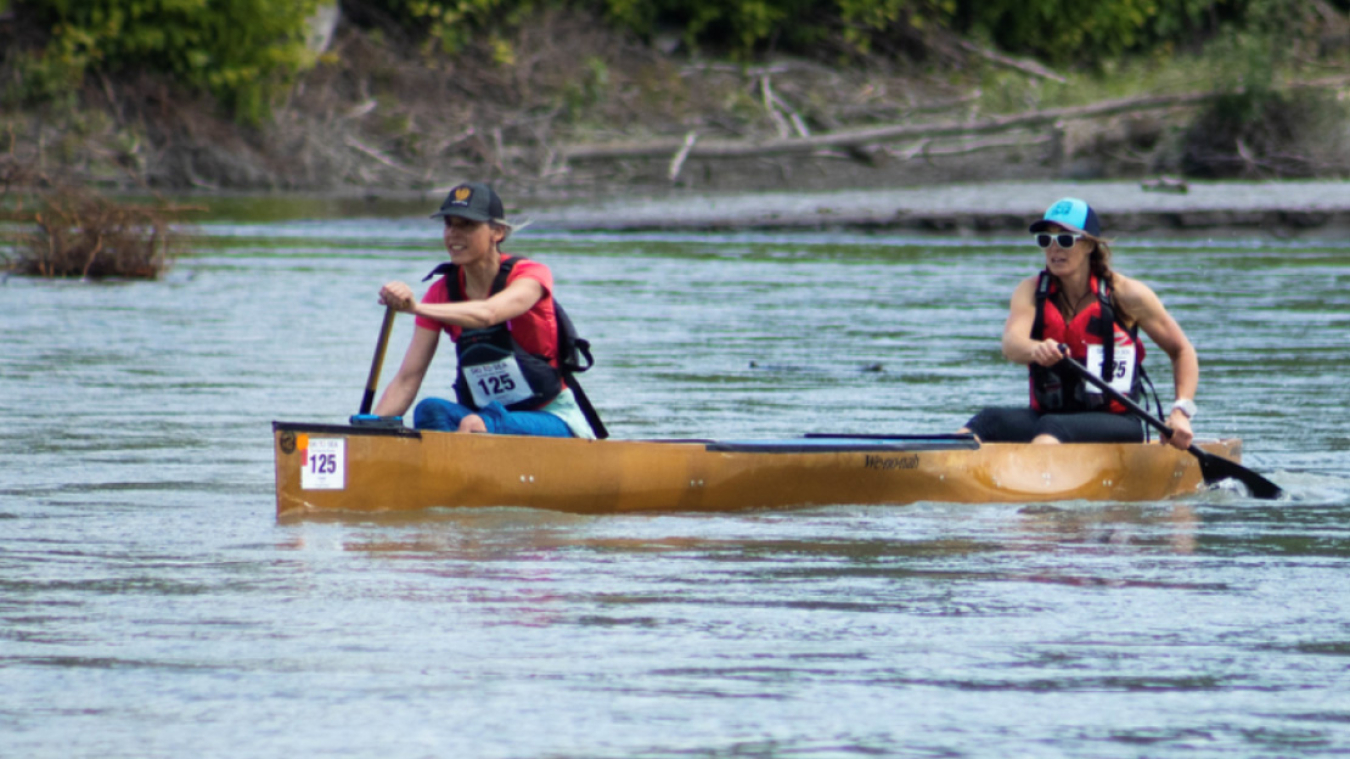As TCU coordinator for the Office of Indian Energy, Bostwick connects Tribal Colleges and Universities with federal energy programs, funding, and financing.
Office of Indian Energy Policy and Programs
November 29, 2023Stephanie Bostwick joined the U.S. Department of Energy (DOE) Office of Indian Energy on a detail to serve as a Tribal College and University (TCU) coordinator in July 2023. Stephanie is a member of the Amskapi Pikuni, also known as the Blackfeet Nation.

Tell us a little about your role with the Office of Indian Energy.
As a TCU coordinator for the Office of Indian Energy, my role involves outreach and communication with TCUs to ensure they are aware of, and have input into our funding opportunities, that support clean energy infrastructure and curriculum development.
What do you find most inspiring or motivating about your work?
Education is the key to capacity building and supporting future generations in Tribal communities. Working alongside TCUs to ensure they have the knowledge, skills, and funding needed to develop and grow these educational opportunities is both exciting and motivating for me. Each community has unique needs and challenges, so there is always room for innovative solutions.
What do you see as the greatest challenges and opportunities in Tribal energy development?
I see capacity building as the biggest challenge in Tribal energy development, which is an important opportunity for our office to support. With unprecedented funding going to Tribes, it’s important to ensure communities are educated and equipped to make decisions and have the training to perform the work themselves. This allows for direct economic benefit and creates a path to energy sovereignty.
How do you think DOE support and funding is impacting Tribal energy development?
Technical assistance and funding currently offered by DOE is creating opportunities for Tribes to transition to clean energy through capacity building and infrastructure development. Several workforce development funding opportunities are emerging, enabling Tribes and TCUs to actively participate in the clean energy transition in ways that support cultural values and sovereignty.
Tell us about one of your favorite Tribal energy projects you’ve worked on during your career and why.
Prior to my detail with DOE and while teaching at Northwest Indian College, my favorite tribal energy project was working with the Lummi Nation and Northwest Indian College on microgrid feasibility studies. Seeing the installation of solar and battery storage on the Reservation has been an amazing experience. We brought in students from the college and the community to participate in the entire process. Watching individuals train and participate throughout was exciting and noticeably transformed lives. The long-term benefits to both the college and the greater Lummi Nation community will continue for many generations.
What do you think the future of energy looks like in Indian Country and Alaska?
The future of energy in Indian Country and Alaska is bright. Tribes are heavily engaged in electrification while also working to transition to clean energy. With workforce development, technical assistance, and capacity building being funded at current levels, communities are well on their way toward achieving energy sovereignty.

When you’re not at work, what activities or hobbies do you enjoy?
When I’m not at work, I am sure to be found outside! I love mountaineering, rock climbing, downhill skiing, paragliding, scuba diving, canoeing, paddle boarding, swimming, biking, and yoga. In the winter, I am on ski patrol and spend most of my weekends in the mountains. Every spring, I participate in Bellingham’s Ski to Sea race on a car-free team. I’m part of the canoe leg, and we tow our canoe behind our bikes to and from the 18.5-mile course. I also spend my summers paddling with the sbəq̓ʷaʔ gwith abs—the Blue Heron Canoe Family-as one of the canoe skippers. Our family participates in the annual canoe journey, where we typically spend 2-4 weeks paddling the Salish Sea toward the final destination.

